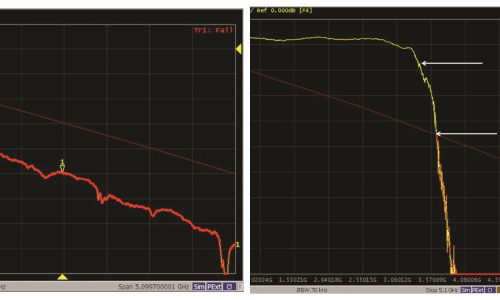Click here to read the full article on CEPro.com
While it may not be possible to salvage old HDMI cables, Jeff Boccaccio believes new solutions are on the way.
What do you do in a situation where a client needs a system upgrade to 4K60Hz in an environment where the original cable installation was done for 1080p? Back in the day long-distance cable runs, like 25 to 50 feet, sometimes needed additional EQ boost to extend, at the time, data rates to 2.97Gbps (Revs 1.3, 1.4). But to achieve 4K60 we know now that we need a fairly good 6Gbps of throughput.
Of course, pulling wire out of walls and ceilings is a real pain. You may be lucky if whoever installed the cable originally used a form of pipe through which you can snake a new cable, whether it be fiber or copper. DPL did a study of this and found a huge number of installations were completed with no conduit. In fact, many were pre-installations during the build-out, so the cable may be in places you can’t even access now.
You have to replace it by either ripping the old one out, pull-string a new one through pipe or, worst case, find a new route to run a new cable to the display. Ouch! This can add tremendous cost to a job while also eating up valuable time.
A perfect remedy would be to find a way of salvaging the old cable with some device to “bring it back” to a more current data rate life. That was possible back in the 2.97Gbps era, so why can’t we do it again today?
There aren’t many products that can achieve this, and there is a good reason why. What you are asking for is a device that cannot necessarily just extend each video signal to a longer distance, but increase the cable’s performance from 2.97Gbps to 6Gbps. That’s tough! In the past we had no issues getting 2.97Gbps from, say, 25 to 50 feet. That was doable, but now this device essentially would have to double the data rate over the older transmission line.
Figure 1
Fig. 1 (above) shows what the insertion loss of a 2.97 transmission line looks like. You can see it does not drop off a cliff at 2.97Gbps, but instead “rolls off” with a certain amount of loss in dB. So, it doesn’t necessarily have to make it to 2.97, really; but it needs to have something the display can work with using its internal equalizer.
However, the chart in Fig. 1 ends at 5.1Gbps. Now let’s repaint the scenario and see what you would need at 6Gbps. It’s not very pretty. You would need a CTLE (Continuous Time Linear Equalizer) with enough correction to bring this back up, about 30dB to 40dB. Plus consider what byproducts this would generate at the lower data rates of 1.65Gbps and 2.97Gbps.

You would need electronics to achieve this…but then there’s also the susceptibility for Murphy’s Law to crop up. In this case it is the fear of oscillation. When you add a ton of gain and use it in wide bandwidth applications, things can get dodgy in the instability department with oscillations.
Also consider those that installed active cables for 2.97Gbps. Now what? Fig. 2 (above) shows you one such cable — and look at the intense roll-off. The good news is these products are in fact coming. Although they may have some limitations, it does provide installers an alternative solution they can pull out of their truck and save the day.


0 Comment